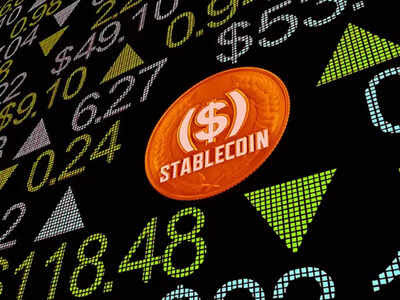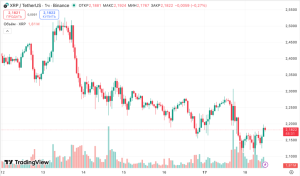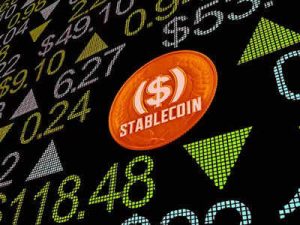Capital Markets and Payments Leaders Clash Over the Future of Stablecoins

A growing divide has emerged between capital markets participants and the payments industry over how stablecoins should evolve and be regulated. While payments companies see stablecoins as a transformative tool for faster, low-cost transactions, capital market leaders warn that the instruments risk destabilizing financial systems without proper safeguards. The debate revolves around reserve transparency, regulatory accountability, and whether stablecoin issuers should operate under banking-style supervision. As adoption accelerates, the two sectors are pushing contrasting visions for digital currency oversight—one prioritizing innovation, the other emphasizing systemic stability. Their disagreement underscores the broader challenge of integrating crypto-linked assets into mainstream finance.
Diverging Visions for Stablecoin Innovation
The payments industry views stablecoins as a technological leap that can modernize global transactions. Executives in this sector argue that tokenized digital money will reduce settlement times, improve cross-border payment efficiency, and lower costs for consumers and businesses. They contend that flexible regulation is essential to encourage innovation and attract investment into next-generation financial infrastructure.
By contrast, capital markets stakeholders maintain that stablecoins should not be treated as mere technology products. They believe stablecoins function like deposit instruments and therefore require stringent regulatory frameworks similar to those governing banks and money market funds. This difference in perception has intensified the debate.
Transparency and Reserve Quality at the Core of Disagreement
A central point of contention is the composition and management of stablecoin reserves. Payments firms often support a model that allows issuers more autonomy in holding diversified assets, arguing that it permits scale and efficiency. However, capital markets participants insist that reserves must consist of highly liquid, low-risk instruments to ensure tokens can be redeemed reliably at any time.
The capital markets side warns that without transparent disclosures on reserve quality, stablecoins could become vulnerable during financial stress. They argue that inadequate or risky backing could create redemption pressure, raising the possibility of a digital-era bank run.
Regulatory Architecture: Light-Touch vs. Oversight-Heavy
The regulatory debate continues to widen the gap between the two industries. Payments leaders advocate for proportionate, tailored rules that reflect the unique nature of digital tokens rather than subjecting issuers to legacy banking regulations. They argue that overly restrictive frameworks could stifle technological progress and prevent the industry from realizing potential economic benefits.
Capital markets participants disagree, asserting that stablecoins interact directly with financial systems and therefore warrant comprehensive oversight. They favor licensing regimes, capital requirements, and continuous auditing to protect market integrity and consumer funds. For them, stablecoins should be supervised with the same rigor as institutions that issue money-like instruments.
Implications for Global Finance
As stablecoins gain traction worldwide, the standoff between these sectors highlights a broader dilemma: how to integrate digital assets into established financial structures without compromising stability. The payments industry envisions a future in which digital tokens flow seamlessly across borders, reducing friction and empowering users. Capital markets experts, meanwhile, emphasize the systemic consequences of poorly regulated digital money, arguing that stability must take precedence over speed.
Both perspectives carry weight, and the eventual regulatory path will shape how digital finance evolves in the coming decades. Policymakers now face the challenge of balancing innovation with risk mitigation.
The Road Toward a Unified Framework
Despite the tension, experts across both sectors agree that clearer global standards are needed. A unified regulatory framework—to ensure transparency, consumer protection, and predictable market behavior—could help bridge the divide. Whether such a framework leans more toward innovation or caution remains uncertain.
The future of stablecoins will likely hinge on how effectively regulators can reconcile these competing visions. What is clear, however, is that their decisions will influence not only digital payments but the broader landscape of capital markets for years to come.




